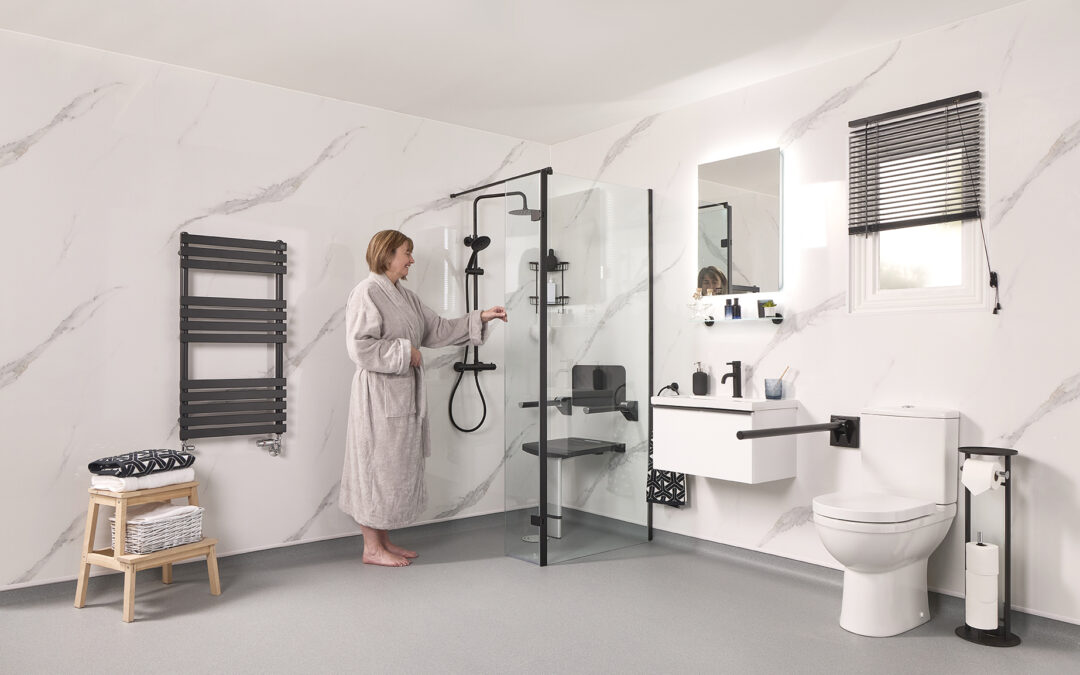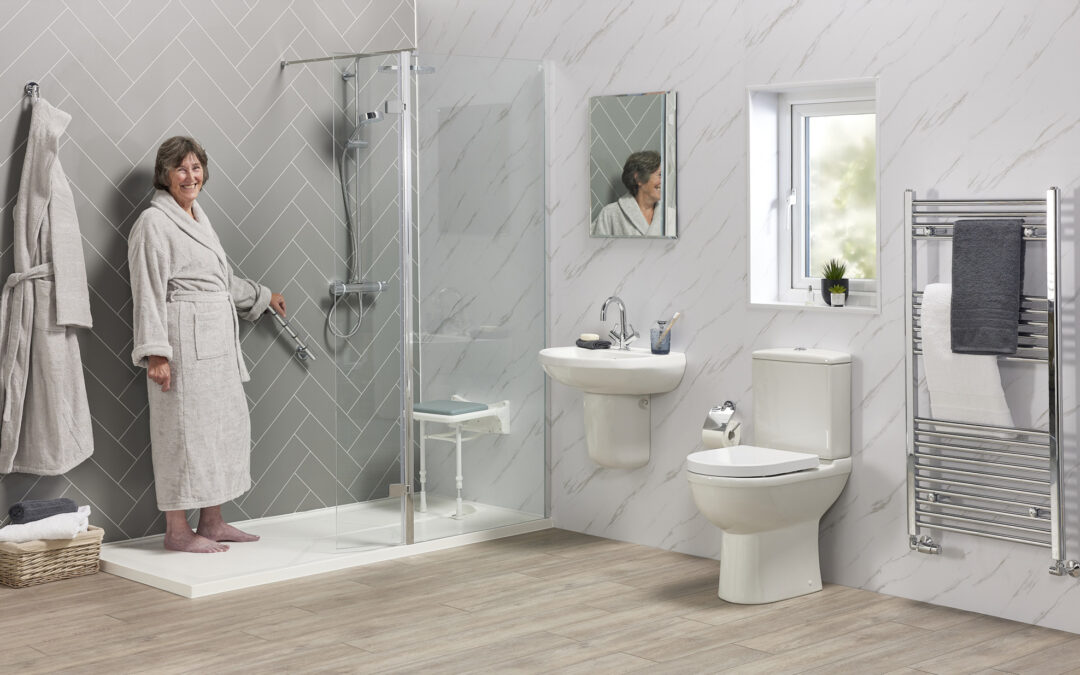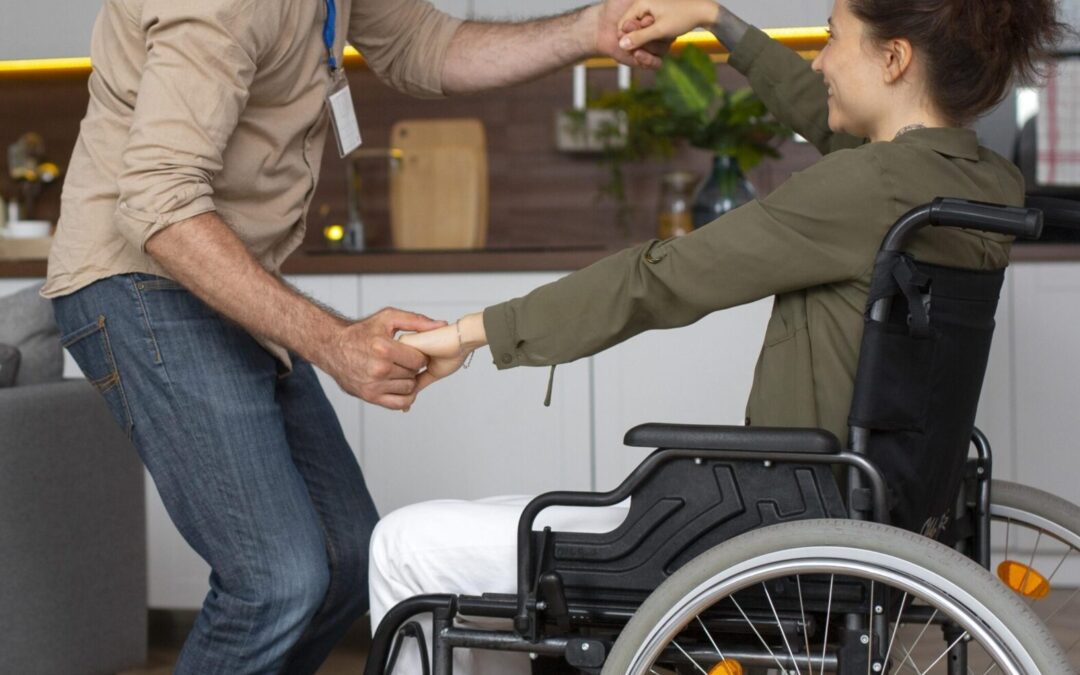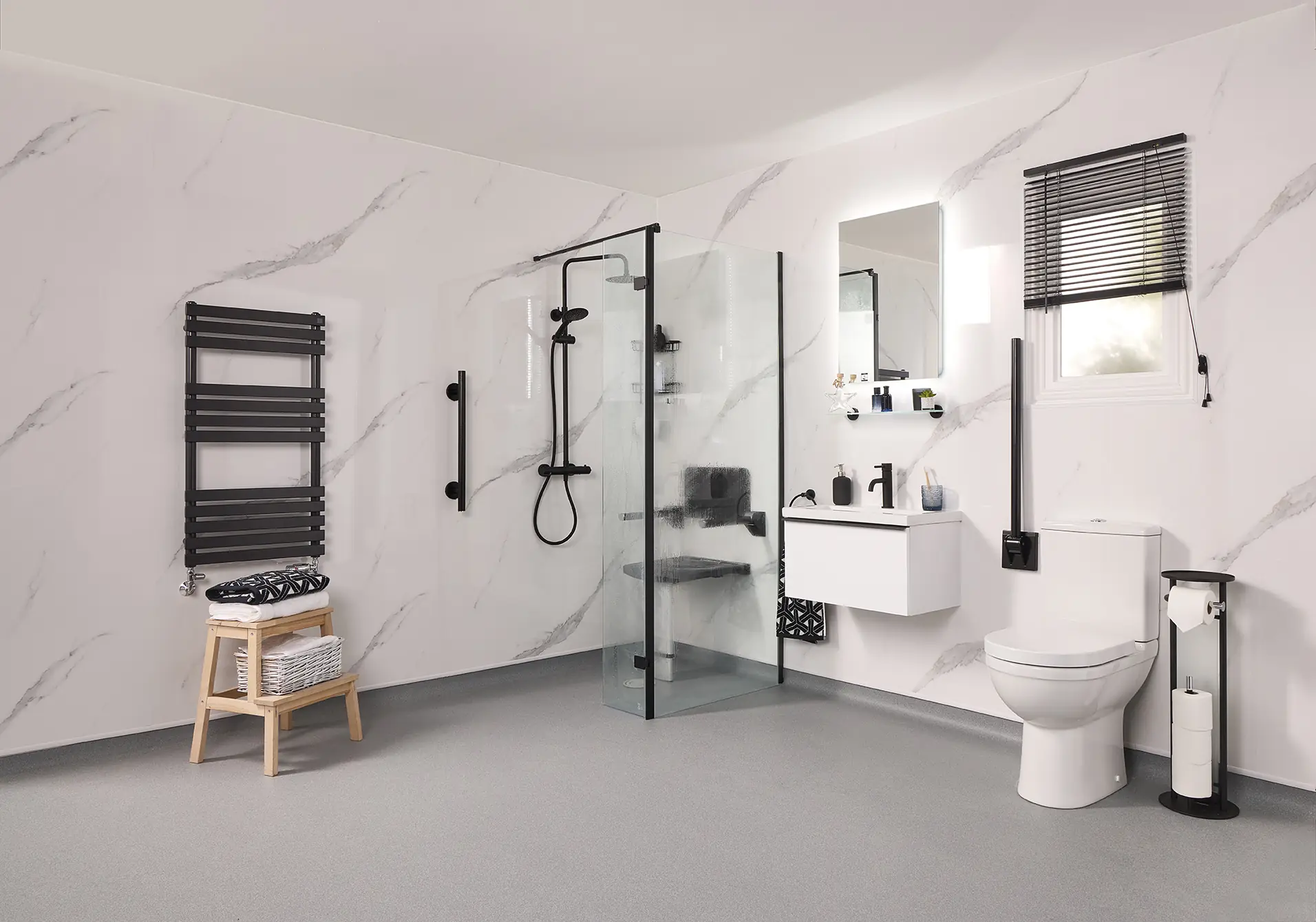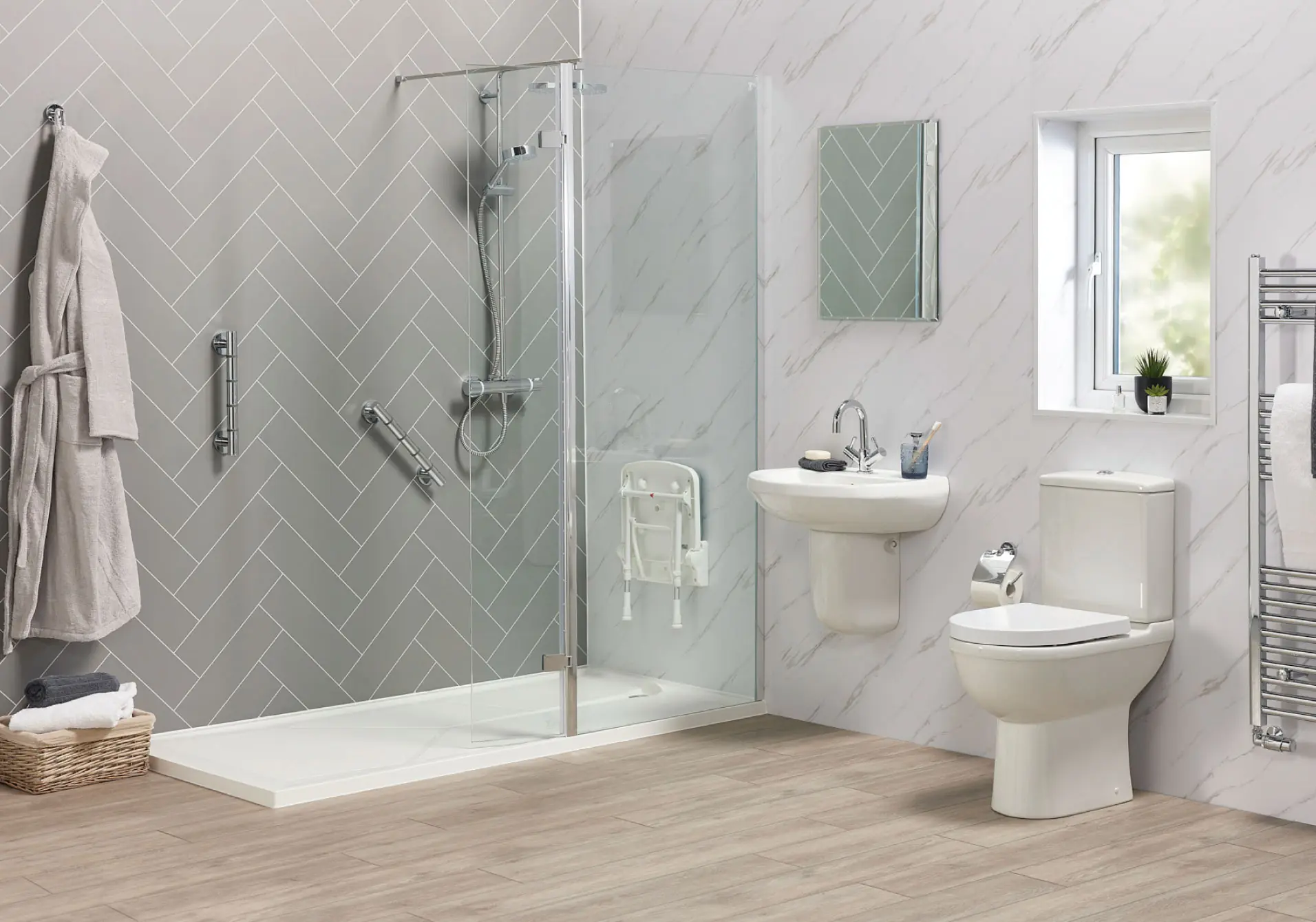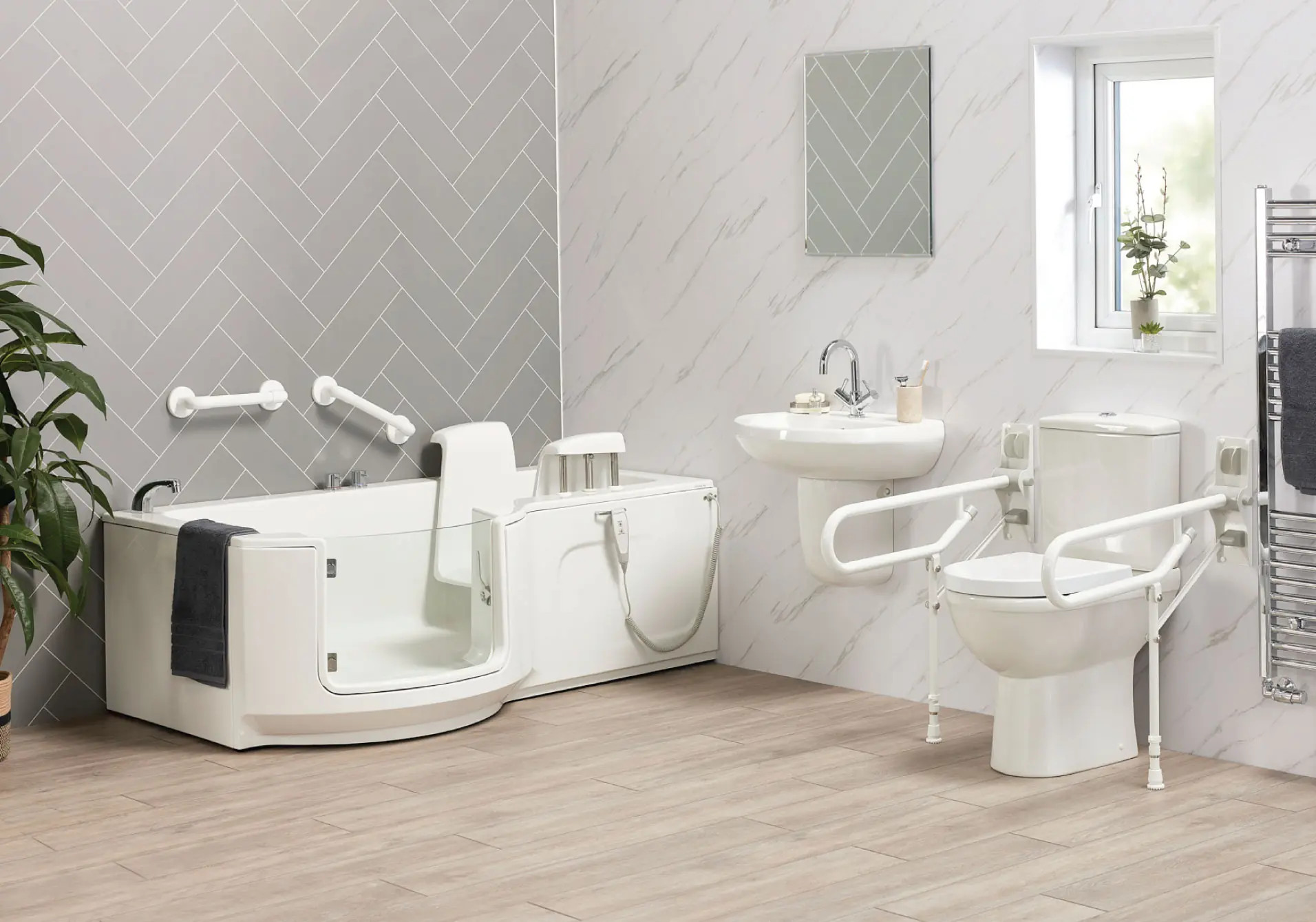A car accident can have far-reaching effects, both physically and psychologically, leaving individuals with lasting disabilities that disrupt their daily routines and overall well-being. However, occupational therapy can be instrumental in facilitating recovery and helping individuals adapt to the changes in their lives. This article delves into the significance of occupational therapy in home adaptations after a car accident, highlighting the multitude of benefits it provides.
Understanding the Impact of a Car Accident on Physical and Mental Health
Car accidents have profound and enduring physical and psychological consequences. From fractures and internal injuries to head trauma, spinal cord damage, and amputations, the physical injuries sustained can be severe. Furthermore, the psychological toll may manifest as anxiety, depression, post-traumatic stress disorder (PTSD), and other mental health issues.
The repercussions of a car accident extend beyond the immediate aftermath, affecting daily activities and routines. For instance, individuals with spinal cord injuries may require mobility aids and modifications to their homes for increased accessibility. Similarly, those with PTSD may struggle with daily life and need a supportive and comfortable environment to aid their recovery.
Occupational Therapy and Its Role in Home Adaptations
Occupational therapy is a form of rehabilitation that facilitates recovery from physical and mental injuries, empowering individuals to regain their independence and enhance their quality of life. These therapists work closely with individuals, assessing their specific needs and home environment to make necessary adaptations that enable them to perform daily activities with ease.
The primary goal of occupational therapy is to restore independence and the ability to carry out essential tasks. Occupational therapists employ a range of techniques, including adaptive equipment, assistive technology, and home modifications, to support individuals in their recovery journey.
Assessing Home Environment and Needs
Occupational therapists thoroughly assess individual’s homes and routines, identifying areas for adaptations to meet physical and psychological needs. These adaptations are tailored to the individual’s specific requirements and long-term goals.
Common Home Adaptations Recommended by Occupational Therapists
Various home adaptations, commonly suggested by occupational therapists, include: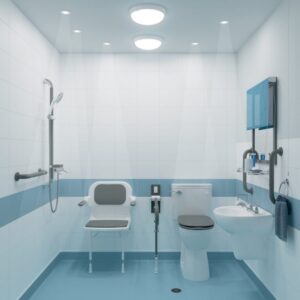

- Installation of grab rails and handrails to enhance safety and stability.
- Addition of wheelchair ramps or elevators for individuals using mobility aids.
- Modification of bathrooms to improve accessibility and safety, including wet room conversions, installation of hoists, grab rails, shower seats, and height-adjustable washbasins.
- Adaptation of kitchen areas to promote independence, incorporating easy-to-reach shelving and cabinets.
- Implementation of adaptive equipment and assistive technology, such as voice-activated lights, to simplify daily tasks.
Benefits of Occupational Therapy-Led Home Adaptations
Occupational therapy-led home adaptations bring numerous advantages to individuals recovering from car accidents, including:
- Enhanced safety and accessibility within the home environment.
- Increased independence and improved ability to perform daily activities.
- Elevated quality of life and overall well-being.
- Decreased risk of falls and accidents at home.
- Creation of a comfortable and accommodating living space.
Moreover, these adaptations can have significant financial implications by reducing care costs, improving safety, increasing efficiency, and reducing reliance on professional care and medical treatments. This financial aspect strengthens personal injury claims, boosting settlement values, reducing liability, and enhancing client satisfaction.
Companies like EA Mobility collaborate with occupational therapy professionals, case managers, and personal injury solicitors to develop comprehensive plans and quotations for the required adaptations. These companies ensure the implementation of top-quality products, choose future-proofed solutions, and manage the construction process based on the client’s specific needs and timelines. For more information, please visit eamobility.com or please call us on 0808 281 2665 or fill out our online contact form and we will respond promptly.




